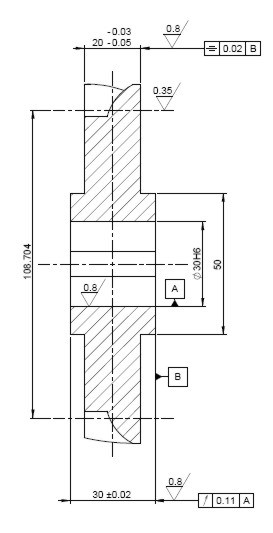 1 - gear teeth profiles are optimized according to the
Low Power Loss concept;
1 - gear teeth profiles are optimized according to the
Low Power Loss concept;
| Low Power Loss ADI Gears |
Engrenagens de Alto Rendimento em Ferro Nodular Austemperado
Fundação para a Ciência e Tecnologia, PTDC/EME-PME/73389/2006
Luís Magalhães, Jorge Seabra, Ramiro Martins
[email protected] [email protected] [email protected]
PROJECT WAS COMPLETED BY DECEMBER 2010
| project overview | low loss design | austempered ductile iron | institutions | persons |
Project Overview:
The ultimate objective of this work is to produce enhanced gears combining two novel technologies:
 1 - gear teeth profiles are optimized according to the
Low Power Loss concept;
1 - gear teeth profiles are optimized according to the
Low Power Loss concept;
2 - gears are built of high-strenght CuMn Austempered Ductile Iron.
Objectives:
More efficient power transmission gears require less energy to operate.
Efficiency means energy saving for vehicles and other machines equiped with gear transmissions.
10% lighter than steel, ADI operates with lower noise emission.
ADI gears can use biodegradable oil without EP additives, favouring environmental preservation.
ADI can replace carburizing steel in many applications, and gears are produced at much lower cost.
|
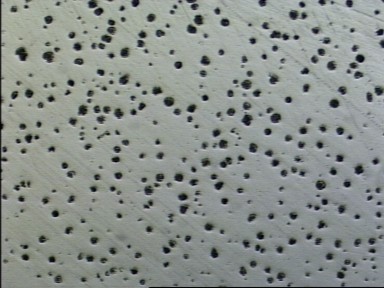 |
Low Power Loss Design:
Low power loss gears are built with geometry that allows strong reduction of heat dissipation during gearing.
This can be achieved mainly by modifying teeth profiles in order to reduce sliding between gear teeth active flanks.
These gears are helical (B=15º) and have small modulus (teeth are relatively small). They are FZG compliant.
Austempered Ductile Iron Gears:
A dedicated heat treatment perfomed on Copper-Manganese ductile iron produces a material of very high mechanical resistance,
only comparable to nitrided or carburized alloy steel commonly used to built power transmission gears for machine gearboxes.
Gears produced with this novel material were tested on previous works, revealing high scuffing and surface contact resistance.
These gears are easier to produce than steel ones, and can be lubricated by biodegradable ester or polymer based oils.
ADI production requires lower energy consumption than steel, both on foundry processes and heat treatments.
Nodular iron can be moulded and used as-cast after heat trated, thus expensive machine operations can be considerably reduced.
ADI is 10% lighter than steel and a good vibration absorver, thus gearbox noise emissions are considerable reduced.
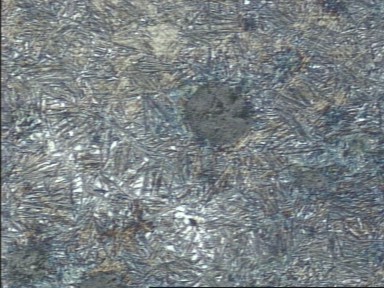
ADI microstructure: graphite nodule surrounded by ferrite needles (x400).
Institutions:
This work is hosted by CETRIB, the tribology and maintenance unit of Instituto de Engenharia e Gestão Industrial (INEGI).
CETRIB provides test facilities, technical equipments, oil analysis, informatics and other logistic backup to the project.
Faculdade de Engenharia da Universidade do Porto (FEUP) is the resident school of the Director of CETRIB.
Instituto Superior de Engenharia do Instituto Politécnico do Porto (ISEP) is the resident school of the project leader.
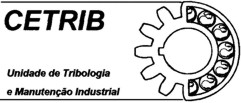

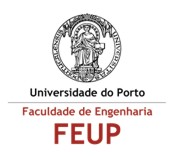
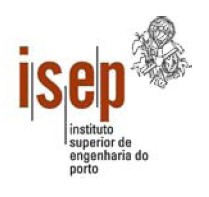
Persons:
Luis Magalhães, project leader and researcher #1, PhD Mechanical Engineer:
Teacher at the Department of Mechanical Engineering of ISEP.and Director of its' laboratory of materials (LABMET).
Published several works about contact fatigue properties of ADI having in mind the production of gears.
Jorge Seabra, researcher #2, PhD Mechanical Engineer:
Director of CETRIB and teacher at the Department of Mechanical Engineering and Industrial Management of FEUP.
Responsable for many research projects in the field of gears and lubrication, Prof. Seabra has a vast curriculum in tribology.
Ramiro Martins, researcher #3, PhD Mechanical Engineer:
Scientific researcher at CETRIB, acquired considerable experience in the field of gear testing.
Author of various works about gears' lubrication has performed important gearbox power loss studies.
Publications:
Influence of tooth profile on gear power loss
Luís M L Magalhães, Ramiro C Martins, Cristiano Locatelli, Jorge H O Seabra
Industrial Lubrication and Tribology, (ILT-10-2009-0057, nº 1) (2011).
Influence of tooth profile and oil formulation on gear power loss
Luís M L Magalhães, Ramiro C Martins, Cristiano Locatelli, Jorge H O Seabra
Tribology International (JTRI_2095, Vol. 43/10, pp. 1861-1871) (2010).
Low torque loss gears: Austempered ductile iron vs. Carburized steel
Luís Magalhães, Ramiro Martins, Jorge Seabra, Rui Gonçalves
Journal of Engeneering Tribology, (Proceedings of the Instn. of Mech. Engrs, Part J: JET-S-10-001196) (2010).
Low-loss austempered ductile iron gears: Experimental evaluation comparing materials and lubricants
Luis Magalhaes, Ramiro Martins, Jorge Seabra
Tribology International (TRIBINT-D-10-00290), (2010).
Power loss performance of high pressure nitrided steel gears
R.C.Martins, N. F. R. Cardoso, H. Bock, A. Igartua, J. H. O. Seabra
Tribology International, (Vol. 42 (2009), pp. 1807-1815, doi:10.1016/j.triboint.2009.03.006) (2009).
Austempered ductile iron (ADI) gears: Part I - Power loss and friction coefficient
Part II - Pitting and micropitting behaviour
R. Martins, J. Seabra and L. Magalhães
NORDTRIB 2006, 12th Nordic Symposium on Tribology, Tech. University of Denmark, Dep.Mech Eng., Helsingor, Denmark, June 2006.
L. Magalhães, J. Seabra
International Conference on Gears, Technical University of Munich (TUM), Garching, Germany, 14–16 September 2005.
last update : LuisMagalhaes : 21-Jan-2011